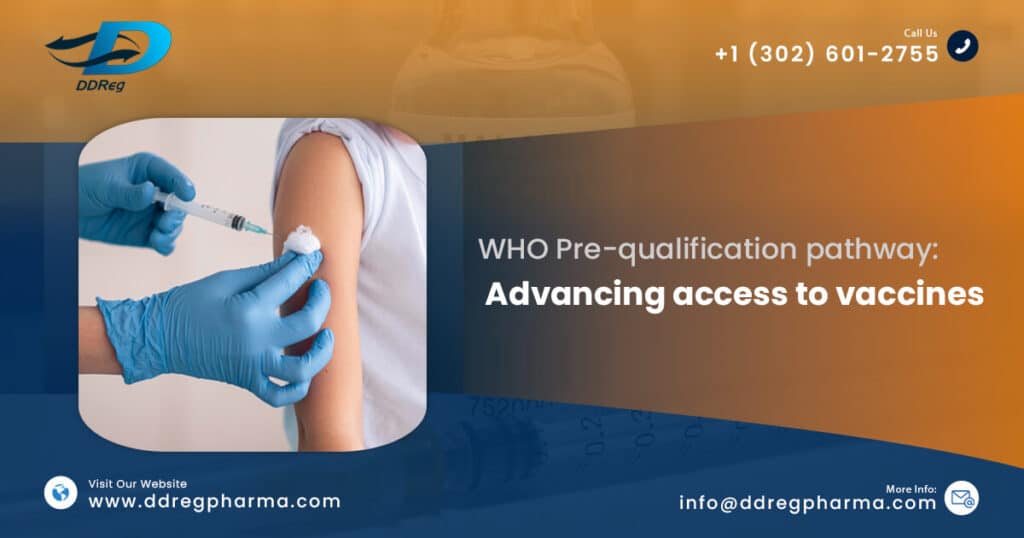Introduction
Malaria is one of the biggest and most pressing tropical and infectious diseases that pose a significant threat to public health- particularly children. In 2019, a study analysis found that malaria caused 643,000 deaths globally with children <5 years of age living in Africa and exhibiting the highest disease burden [1]. According to the World Health Organization (WHO), in 2021 nearly 50% of the global population was at risk of malaria with around 247 million confirmed cases worldwide and Africa carrying a predominant share of the malaria burden with Nigeria at 31.3%, Democratic Republic of Congo at 12.6%, United Republic of Tanzania at 4.1% and Niger at 3.9%. Indeed, during the COVID peak, disruptions such as limited access to treatment and preventive therapies led to an increase in cases and malaria-related deaths [2]. Indeed, an effective vaccine to combat malaria would help tackle health issues and disease-related socioeconomic burden.
RTS,S- the first approved vaccine for malaria
Five species of Plasmodia cause malaria in humans out of which P. falciparum is the most common and deadly. In July 2022 the WHO granted prequalification status for RTS,S/AS01 vaccine after positive phase 3 results that showed a 36% increase in vaccine efficacy against malaria in children agreed 5-17 months who received 4 doses of the vaccine [3, 4]. This status and subsequent recommendation for use of the RTS,S vaccine by WHO was based on results from pilot programmes in Ghana, Kenya, and Malawi and was seen as an instrumental moment in public health history. Therapeutics such as vaccines that are approved via the WHO prequalification program enhance access to such treatment options for priority diseases.
WHO Prequalification pathway- timely access to treatment for life-threatening conditions
The WHO Prequalification pathway is important to ensure quality assurance of medicinal and allied products, such as vaccines, across all WHO Member States given their varying regulatory capacity and approaches. WHO has been prequalifying vaccines since 1987 for treating priority diseases, including malaria. Prequalification is performed by the Prequalification Team (WHO-PQT) where outcomes are internationally recognized by global bodies such as UN agencies and other international organizations. Regulatory agencies of WHO Member States also depend on prequalification outcomes in order to grant marketing authorizations for pharmaceutical products which uses less regulatory resources to deliver timely access to these products [5].
WHO prequalification pathway not only benefits patients that require treatment for priorities diseases but also supports regulators, manufacturers, procurers, and other stakeholders in achieving their health-related goals and objectives. Not only does it facilitate access to high quality treatment options particularly in low-income countries, but it also enhances the regulatory capacity within these countries. Additionally, it reduces registration time for finished pharmaceutical products (FPPs) which minimizes time taken to access these medicines.
The Pre-Qualification Procedure for Vaccines
Vaccine manufacturers can apply for prequalification assessment provided the vaccine:
- has obtained marketing authorization from the manufacturing country’s national regulatory authority (NRA),
- is on the prequalification priority list,
- meets PSPQ requirements
- for which the responsible NRA that oversees the vaccines regulatory activities is a WHO-listed body
The pre-qualification procedure for vaccines involves several steps:
DDReg has provided support to its customers for the prequalification process for vaccines. A general overview on the process is as follows:
- Vaccine manufacturer requests pre-submission meeting with WHO.
- After acceptance, vaccine manufacturer submits application letter to WHO including information on country & manufacturing sites, licensing status, and expected deadline for dossier submission.
- After the application letter is accepted, a vaccine manufacturer must submit a vaccine prequalification dossier.
- WHO evaluates the dossier to ensure it is complete and compliance with the required format and content; vaccine candidate programmatic suitability is also evaluated.
- The dossier is assessed per the WHO prequalification procedure for vaccines and manufacturing site compliance is verified in accordance with WHO Good Manufacturing Practices.
- The vaccine manufacturer would be requested to submit samples for testing
- Vaccine manufacturing site is inspected to ensure:
- The vaccine is compliant with WHO product and quality control recommendations
- The vaccine meets the UN tender specifications
- The vaccine manufacturing processes are compliant with WHO Good Manufacturing Practices
Once the vaccine has met the prequalification requirements, it is included on the WHO List of Prequalified Vaccines and complemented with the WHO Public Assessment Report and WHO Public Inspection report.
DDReg has supported its customers in registering vaccines in regulated and emerging markets. It has also worked alongside the WHO prequalification pathway to help bring medicinal and allied products to the market to support timely access to treatment options across the globe.
References and Further Reading:
[1] Hotez PJ, Matshaba M. Promise of new malaria vaccines. bmj. 2022 Oct 14;379.
[2] WHO. Malaria. World Health Organization. 2023
[3] Laurens MB. RTS, S/AS01 vaccine (Mosquirix™): an overview. Human vaccines & immunotherapeutics. 2020 Mar 3;16(3):480-9.
[4] WHO. Prequalified vaccines. World Health Organization. 2023
[5] WHO. WHO prequalification. WHO Drug Information Volume 31. No. 3. 2017

